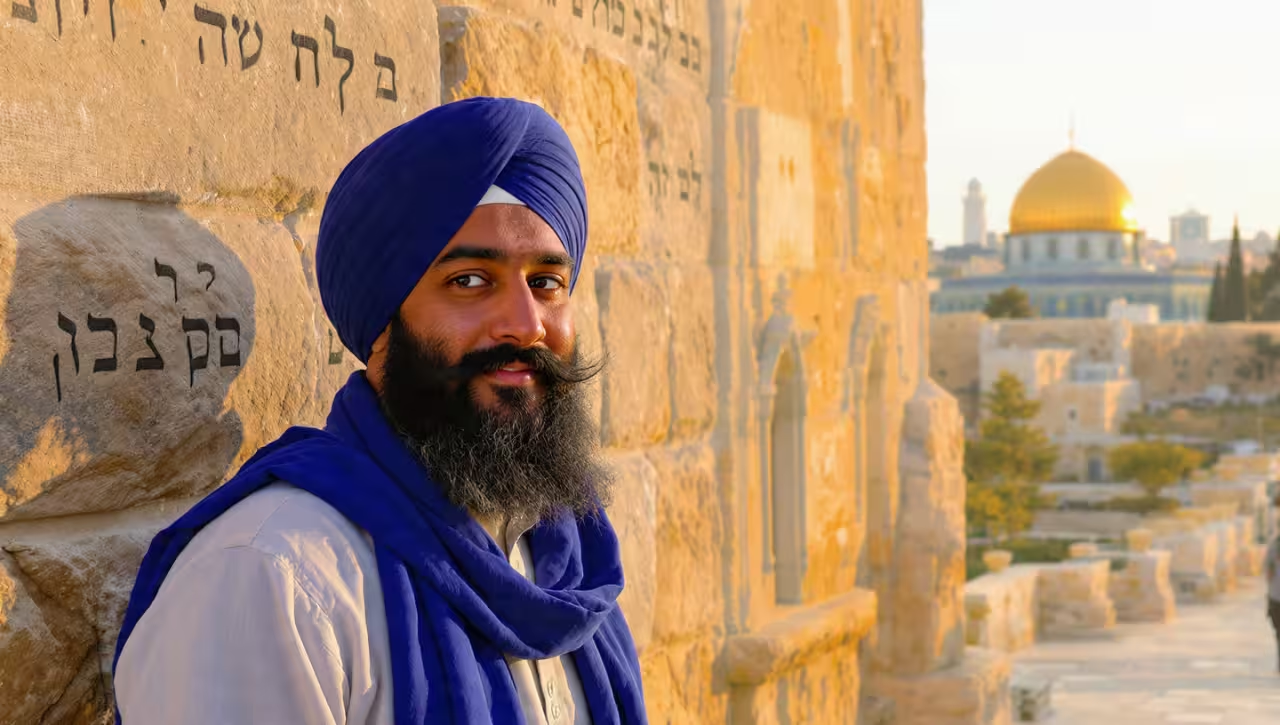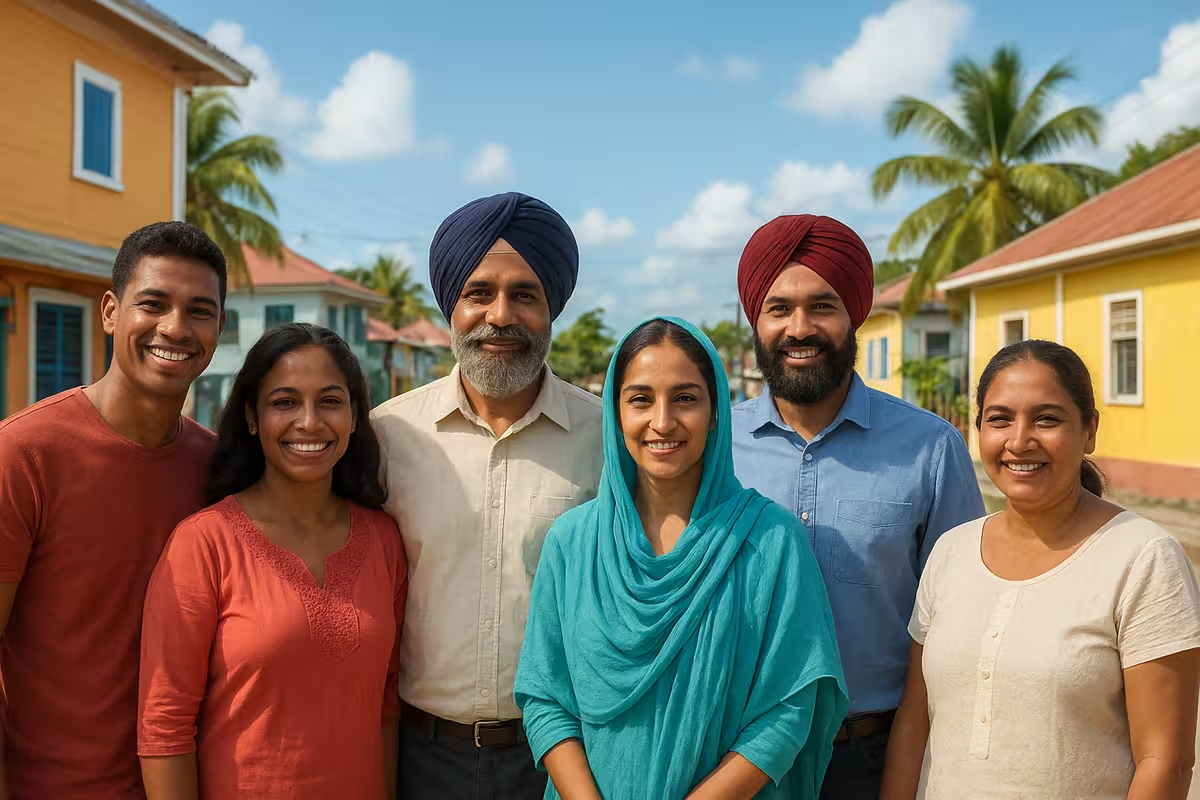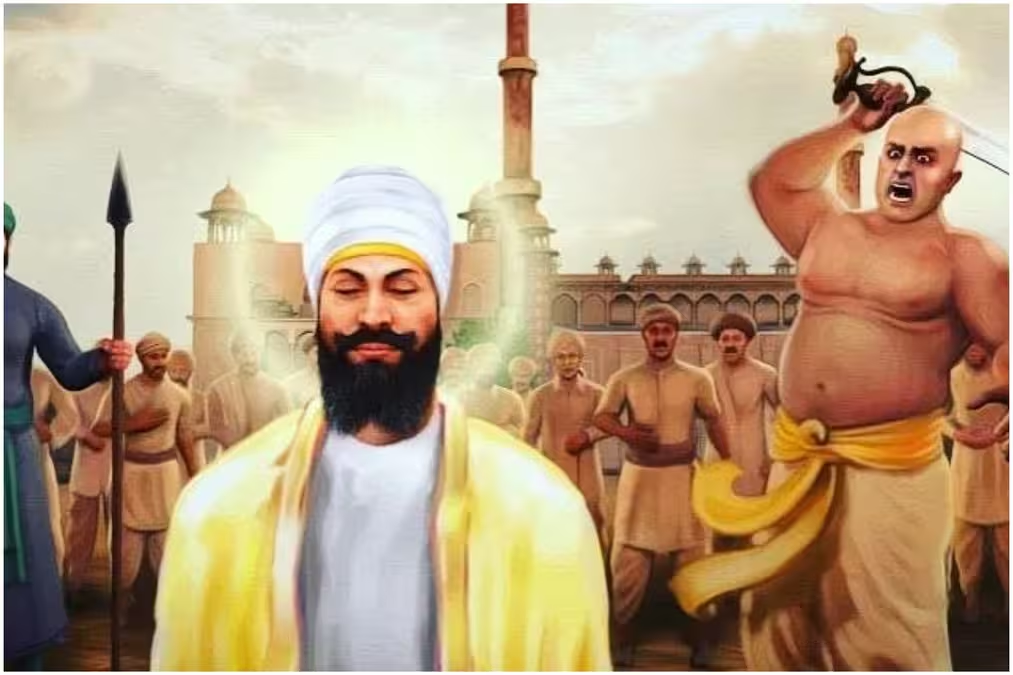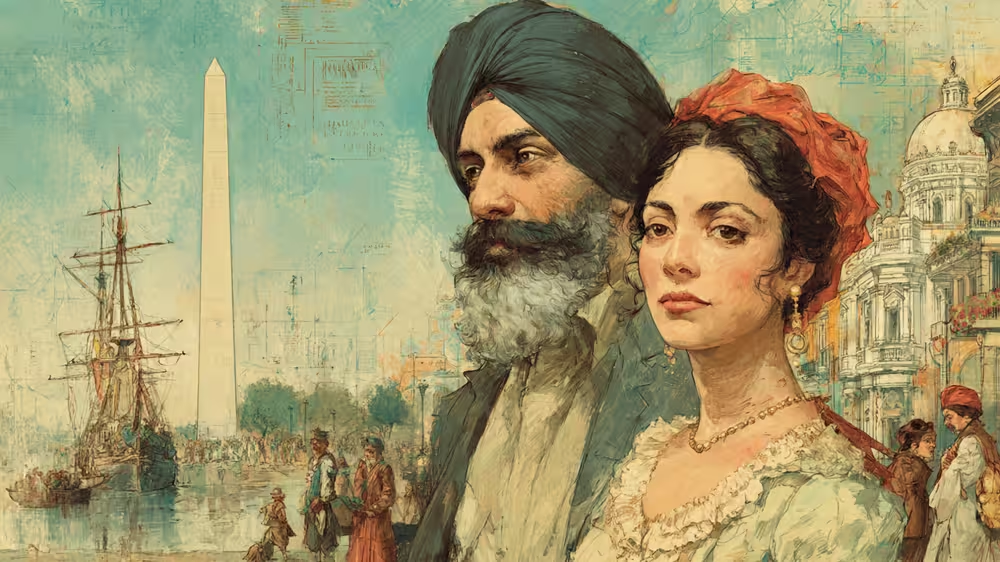🧭 Introduction
Uganda ( 5,700 Km from India) is a landlocked country in East Africa, bordered by Kenya, South Sudan, the Democratic Republic of the Congo, Rwanda, and Tanzania, with Kampala as its capital. It is a developing nation with a population of around 47 million, comprising mainly Bantu and Nilotic ethnic groups such as the Baganda, Banyankole, and Basoga. English and Swahili are the official languages, while Luganda is widely spoken locally. Though still facing economic and infrastructural challenges, Uganda has made progress in education and agriculture. The country also has small but historically significant South Asian communities, including Sikhs, who once played a major role in trade and development.
There are estimated 5000 Sikhs and 12 Gurudwaras in Uganda

Guru Nanak Dev Ji visited Uganda ?
The claim that Guru Nanak, the founder of Sikhism, visited Uganda remains unverified and is based on oral traditions rather than historical evidence. Some Sikh narratives suggest he traveled to Bamb Nanika (possibly Lake Victoria or Mount Elgon) around 1510 during his udasis (spiritual journeys), spreading messages of equality and devotion. However, no gurdwara exists at this site, and scholars like Swarn Singh Kahlon (Sikhs in Africa, 2012) note the lack of textual or archaeological support. Guru Nanak’s journeys primarily covered regions in India, South Asia, Tibet, the Middle East, and possibly parts of China. However, his universal teachings of equality, service, and remembrance of God have deeply influenced Sikh communities globally, including Uganda. Despite this the story inspires Uganda’s Sikhs, who built 12 gurdwaras like Mbarara’s Sikh Temple, post-1895, revitalized after Idi Amin’s 1972 expulsion from Uganda. Indian vloggers like Nedrick News Punjab, explore this heritage in their video which has been embedded in the last of this blog.
Timeline of Sikh Migration to Uganda
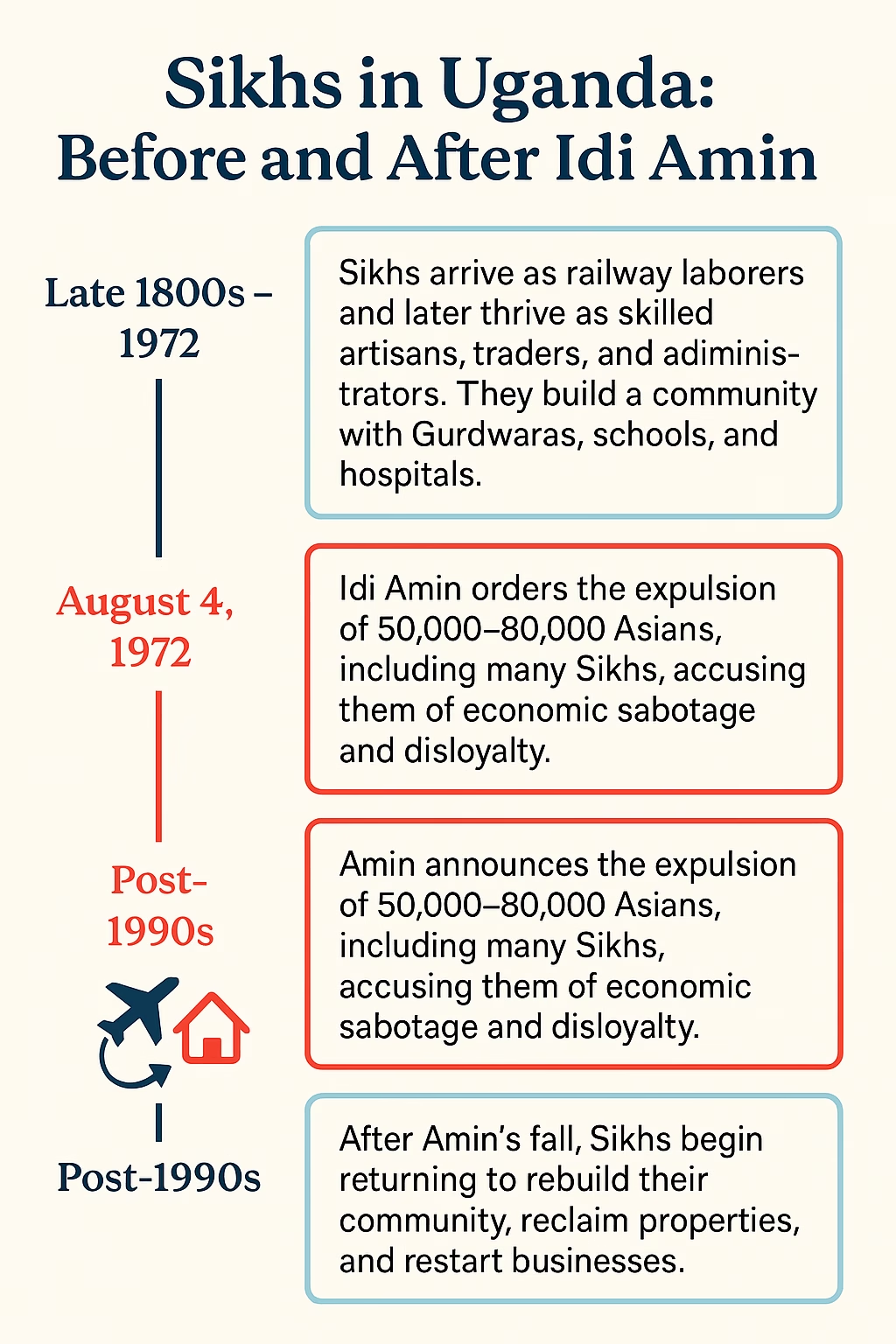
Reason for Migration of Sikhs to Uganda
Colonial Recruitment (1890s):Sikhs began migrating to Uganda in the late 19th century, primarily as part of British colonial efforts to develop infrastructure in East Africa. The Imperial British East Africa Company (IBEAC) recruited Sikhs from Punjab, India, starting in 1895, to work on the Uganda Railway, a monumental project linking Mombasa to Lake Victoria (1896–1901). Anup Singh Choudry
These Sikhs were skilled artisans—carpenters, blacksmiths, masons, and later fitters, turners, and boiler-makers—valued for their work ethic and expertise, honed in Punjab’s agrarian and military traditions.
In 1895, 300 Punjabi troops, including Sikhs, were sent to Uganda to join the colonial army, followed by 30 specifically recruited Sikhs in 1897 and 150 more in 1898 to police the railway and caravan routes.
Economic opportunities also drew free Sikh immigrants post-railway completion, including traders, professionals, and administrators, who saw Uganda as a land of economic potential.Gurdwaras in East Africa
British Imperial Strategy:
The British respected Sikh military prowess, especially after the Sikh Empire (1799–1849), and integrated them into colonial forces across the Empire (e.g., Malaysia, East Africa). Sikhs were seen as loyal and disciplined, a perception rooted in their role during the 1857 Indian Mutiny, where they remained loyal to the British.
Migrations and Identity of Indian-Pakistani
Migration was facilitated by British networks, with Sikhs moving from Punjab to Karachi, then to East Africa via steamers of the British India Steam Navigation Company.
Cultural and Religious Pull
Sikhs carried their religious and cultural values, establishing gurdwaras to maintain community cohesion. The belief that Guru Nanak visited Uganda (at a site called Bamb Nanika, though unproven) may have inspired some religious migration. Ugandan Sikh MP
Establishment in Uganda
Early Settlement (1890s–1920s)
Sikhs initially settled along the Uganda Railway route, in towns like Kampala, Jinja, Mbale, Soroti, Tororo, Fort Portal, and Mbarara, where they worked on railway construction and maintenance. monitor.co.ug
They established themselves as a skilled, hardworking community, excelling in carpentry, building, and later professions like trade, education, and administration. By the 1940s–1970s, many Ugandan builders and carpenters learned their craft from Sikhs.
Sikhs built gurdwaras as community hubs, starting with the Ramgarhia Sikh Temple in Nakivubo, Kampala, in 1910, initially a temporary structure.
Economic Dominance
By the 1960s, the Indian community, including Sikhs, dominated Uganda’s urban economy, controlling significant trade, transport, and industrial sectors despite being less than 1% of the population. Sikhs were prominent in sawmilling, transport, and commerce, with figures like Markhan Singh (Mbarara) and Sardar Singh Gupta owning large businesses.
The Sikh community grew to an estimated 5,000–15,000 by the 1960s, with around 1,000 Punjabi families by 2011, including 800 Sikh families today.
Community Institutions
Sikhs established schools (e.g., Ramgarhia Sikh School in Kampala), open to all races, and social clubs that fostered interracial interactions. Sikhiwiki.org
Women’s organizations and youth associations attached to gurdwaras promoted seva (selfless service) and Sikh literature through the Sikh Missionary Society. Wikipedia.org
🧭 Sikhs in Uganda: Before Idi Amin
🔹 Arrival & Prosperity (Late 1800s – 1972)
Sikhs began arriving in Uganda in the late 19th century as laborers for the British East African Railway (especially the Uganda Railway). Many were skilled artisans, carpenters (Ramgarhias), traders, and administrators. Over time, they became part of Uganda’s economic backbone—dominating retail trade, construction, transport, and small industry. By the 1960s, Sikhs and other Indians (mostly Gujarati and Punjabi) owned a significant share of Uganda’s businesses.
🕍 Community Life
Sikhs built Gurdwaras across Uganda (Kampala, Jinja, Mbale, Fort Portal), established schools, hospitals, and cultural organizations. They lived in harmony with locals but were often seen as a separate economic class.
1910: Ramgarhia Sikh Temple, Kampala, founded. 12 gurdwaras built by 1930s.
1940s–1960s: Sikhs dominate trade, train carpenters, excel in sports like Surjeet Singh Deol (Kenya). Face colonial racism (South Asians in East Africa, Gregory, 1993).
By the 1950s, African nationalism grew, with resentment toward Asian economic dominance (Indians controlled 40% of the economy). Sikhs, identifiable by turbans and beards, faced increasing scrutiny.
🧭 Sikhs in Uganda: After Idi Amin
❌ Idi Amin’s Expulsion (1972)
Event: On August 4, 1972, Idi Amin ordered the expulsion of 50,000–80,000 Asians (mostly Indians, including Sikhs) from Uganda within 90 days.
Reason (claimed by Amin): He accused Asians of economic sabotage, racial superiority, disloyalty, and being foreigners not integrating into Ugandan society.
Real Motive: To “Africanize” the economy—by taking over Asian businesses and properties and distributing them among Ugandans.
Impact on Sikhs: Their businesses, gurdwaras, and properties were seized. Many Sikhs fled to UK, Canada, Kenya, and India, leaving behind decades of built heritage. cannonyarder.com
1972: Amin expels 50,000 Asians, including Sikhs, for economic dominance. Gurdwaras abandoned (From Citizen to Refugee, Mamdani, 2011).
1973–1979: Sikh community nearly vanishes.
Worldpopulation
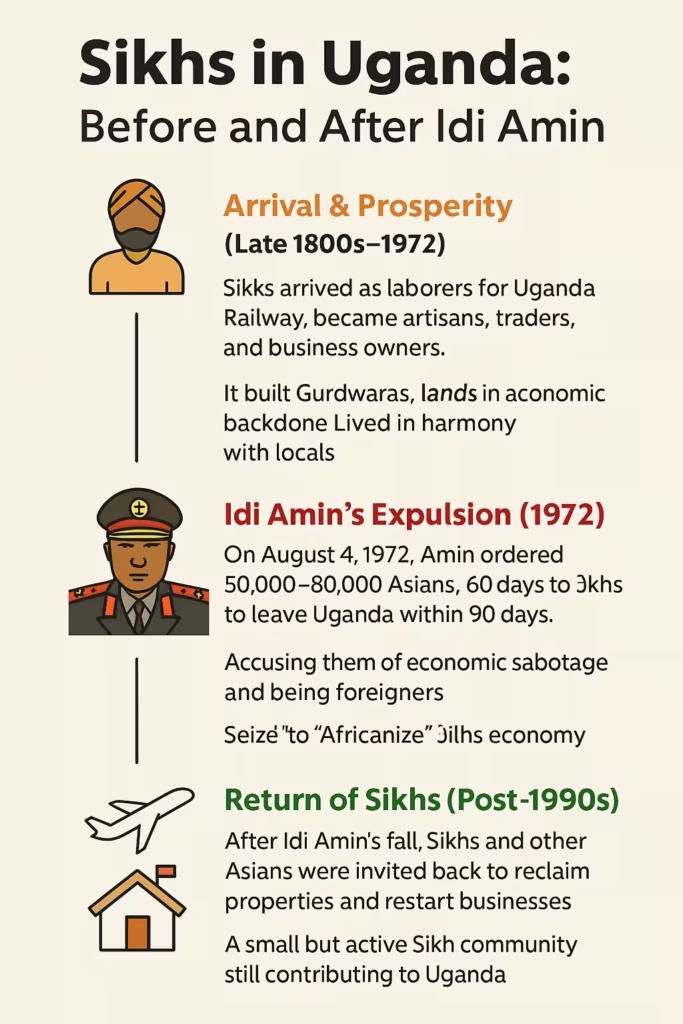
✨ Return of Sikhs (After Fall of Amin)
✈️ Post-Amin Revival (1979–Present)
After Amin’s fall (1979), and especially under President Yoweri Museveni (from 1986 onward), the Ugandan government began inviting Asians to reclaim properties and restart businesses.
Many Sikhs returned in the 1990s–2000s, rebuilt Gurdwaras, reestablished businesses in Kampala, Jinja, and Mbale, and began contributing again to Uganda’s development.
Today, a small but active Sikh community remains in Uganda—respected and engaged in trade, education, and cultural services. TimesOfIndia
1979–1980s: Sikhs return, rebuild businesses (The Asians of East Africa, Tandon, 1970).
1990s–2011: 12 gurdwaras, including Mbarara’s Sikh Temple, revived. ~5,000 Sikhs by 2011 (SikhNet Africa).
Present: Sikhs thrive, led by figures like Parminder Singh Marwaha. Gurdwaras mirror Makindu Sahib, a potential subject for vloggers like Navankur Chaudhary (@yatridoctor).
Returning Sikhs, like Sudhir Ruparelia (Uganda’s richest man), re-established businesses in fabrication, transport, and real estate. Parminder Singh Marwaha, a two-term MP, exemplifies Sikh political influence.
The first African Sikh MP,
Parminder Singh Marwah, is from a family among 15 Indian famlies who did not leave Uganda, and were considered favourite of despot Idi Amin during 1970s,
Gurdwaras in Uganda
Ramgarhia Sikh Temple, Nakivubo, Kampala (1910)
The Ramgarhia Sikh Temple in Nakivubo, Kampala, is one of the oldest and most historically significant Gurdwaras in East Africa, established in 1910 by members of the Ramgarhia community, a prominent Sikh artisan and working-class group known for their skills in carpentry, engineering, and construction. It served as a spiritual and social center, later upgraded with permanent facilities. It served not only as a place of worship but also as a community center, school, and cultural hub for the growing Sikh population.
The Gurdwara is modest in size but rich in heritage and symbolism, representing the pioneering Sikh spirit in Uganda. It hosted daily prayers, Langar (community kitchen), Punjabi classes, and religious events like Gurpurabs, fostering Sikh identity in a foreign land. Sikhnetafrica
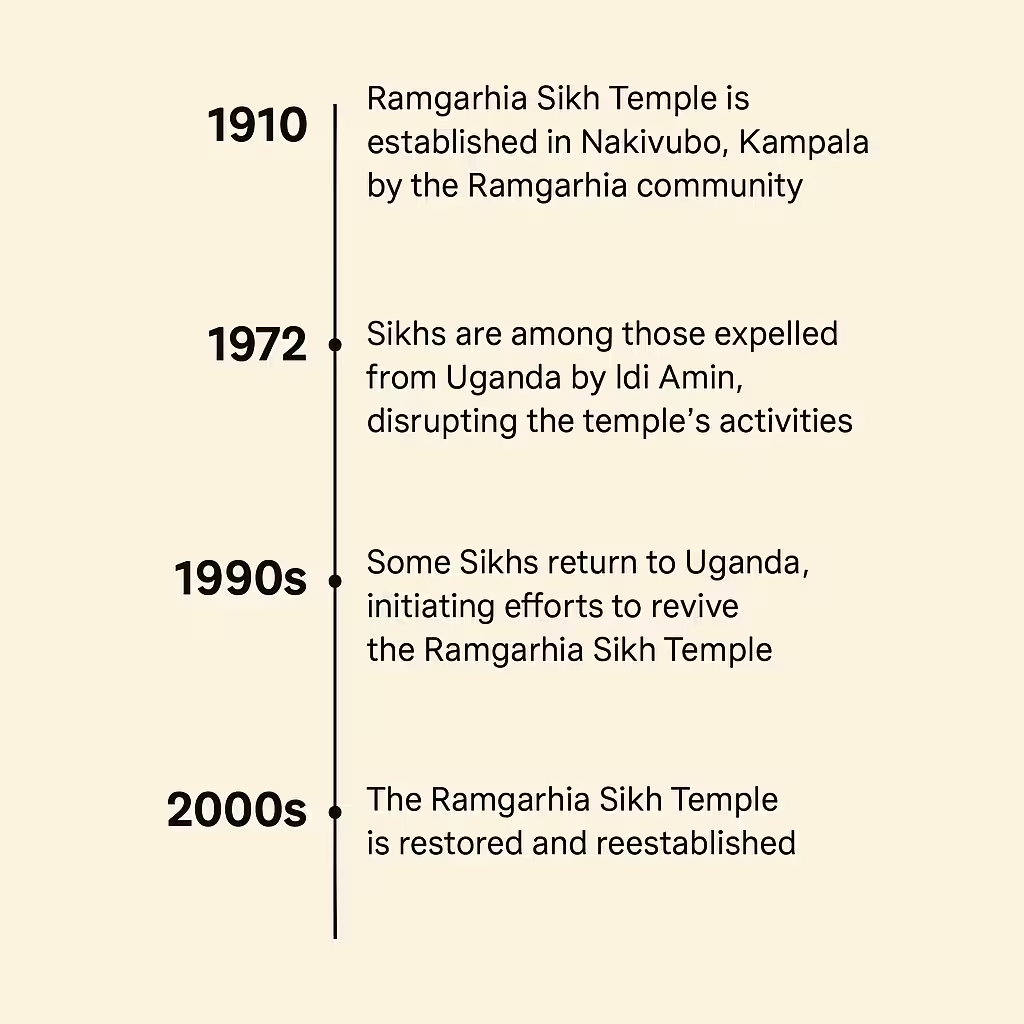
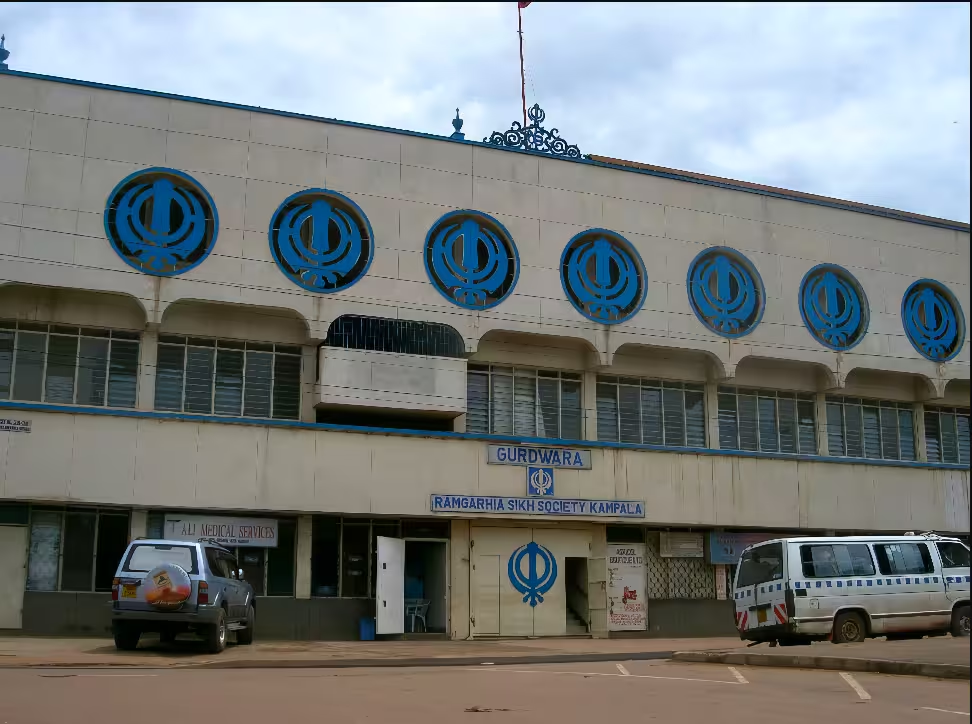
In 1972, under the dictatorship of Idi Amin, nearly 80,000 Asians, including a large number of Sikhs, were expelled from Uganda.
The Gurdwara, like many Sikh properties, was abandoned or seized during this period and fell into disrepair.
In the 1990s and 2000s, some Sikhs and other Asians began returning to Uganda.
The Ramgarhia Sikh Temple was revived and restored, thanks to both returning families and support from the global Sikh diaspora.
It now stands as a symbol of resilience and continuity, serving both local Sikhs and visiting dignitaries.
It continues to embody the values of seva (selfless service), community unity, and spiritual strength—central to the Sikh faith.
The temple was likely built by Ramgarhia Sikhs, skilled artisans (Tarkhan carpenters and Lohar blacksmiths) who migrated to Uganda in the 1890s for the Uganda Railway. The Ramgarhia community, named after Jassa Singh Ramgarhia, a Sikh leader who rebuilt the Ramgarhia Bunga in Amritsar, established gurdwaras across East Africa to maintain their identity and provide community services. Golden Temple Amritsar
Gurdwara Sri Guru Singh Sabha – Kampala)
Location: 3 Sikh Road (Nakasero), Old Kampala
History: One of Uganda’s oldest gurdwaras, it dates back to early 20th century as a central hub for Sikh worship and community functions.
Conducts daily prayers, langar, and hosts major religious events. Contactable via [email protected]
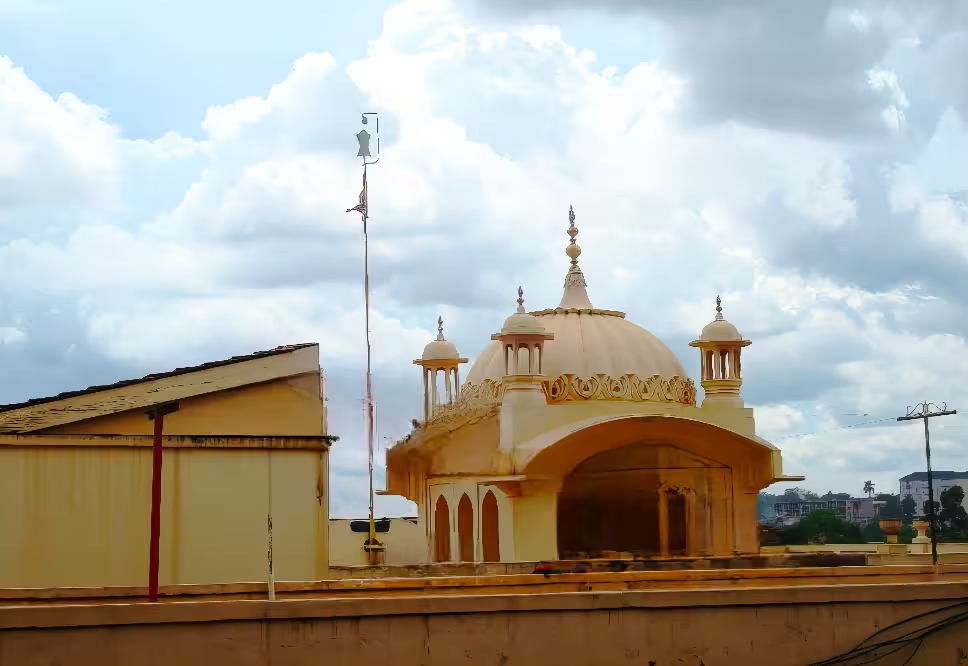
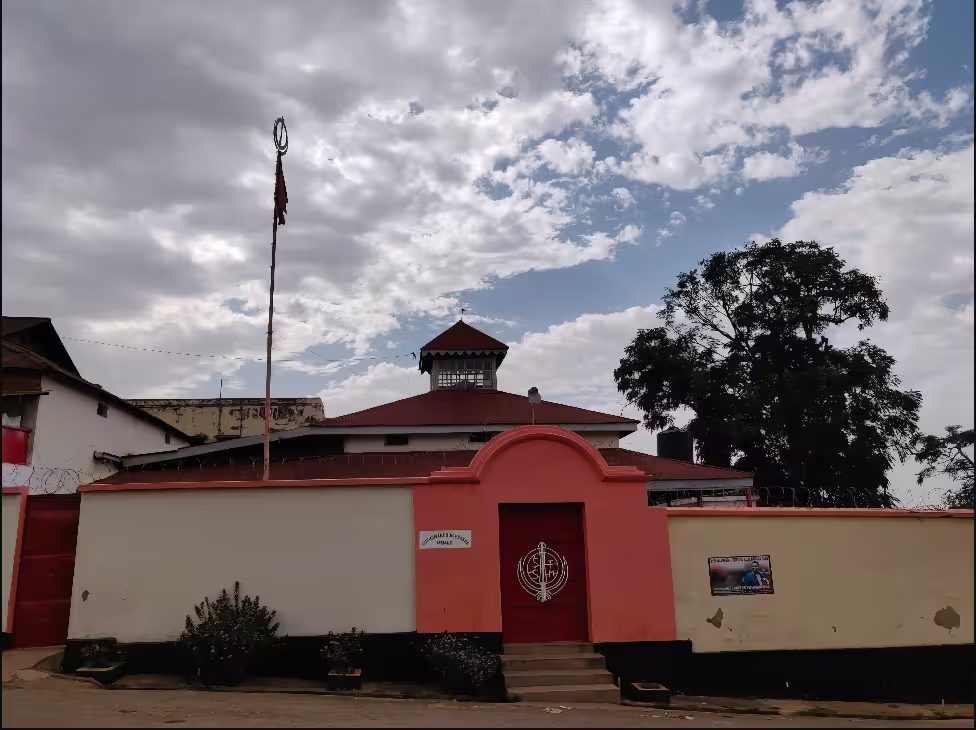
Gurdwara Singh Sabha – Mbale
Sikhs arrived in Mbale during the late 1890s as part of the British colonial effort to build the Uganda Railway, which passed through Mbale, connecting it to Tororo and Kampala. Mbale became a hub for Indian traders, including Sikhs, due to its fertile coffee-growing region and strategic location near Kenya
The exact establishment date of Gurdwara Singh Sabha in Mbale is not explicitly documented in available sources, but it is part of the network of gurdwaras built in Uganda starting in the early 20th century, following Sikh migration for the Uganda Railway (1895–1901). Given that the Ramgarhia Sikh Temple in Nakivubo, Kampala, was established in 1910, it’s likely that Mbale’s gurdwara was founded around the same period or shortly after, as Sikhs settled in urban centers like Mbale during the 1910s–1920s.
Mbale, located in southeastern Uganda at the foot of Mount Elgon, was a key commercial and administrative hub, attracting Sikh railway workers, traders, and professionals. The gurdwara was likely established by these early Sikh settlers, who were skilled artisans (carpenters, blacksmiths, masons) and later businessmen, to serve as a spiritual and community center.
The Gurdwara Singh Sabha Mbale is a place of worship where the Guru Granth Sahib is enshrined, offering daily prayers, kirtan (hymn singing), and langar to Sikhs and non-Sikhs alike, embodying Sikh values of equality and seva (selfless service). It mirrors the inclusive ethos of Kenya’s Makindu Sahib Gurdwara (established 1902).
Location: Kukanjero Road, opposite Police Station, Mbale
Contact: +256 712 063 262
Significance: Regional Sikh centre in Eastern Uganda, supporting local worship and cultural cohesion
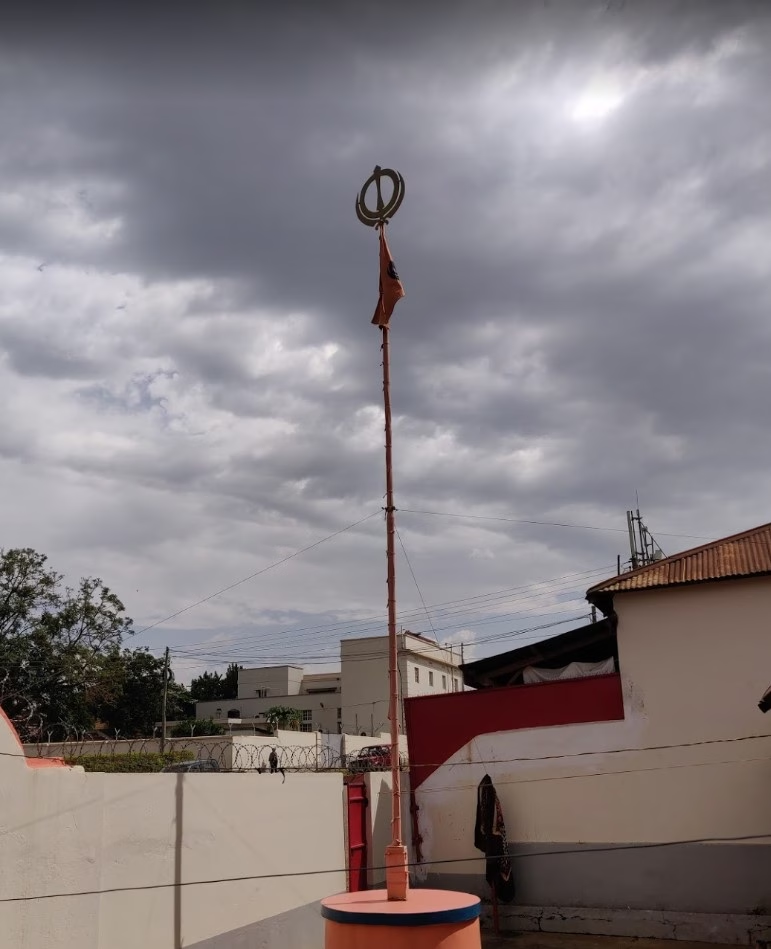
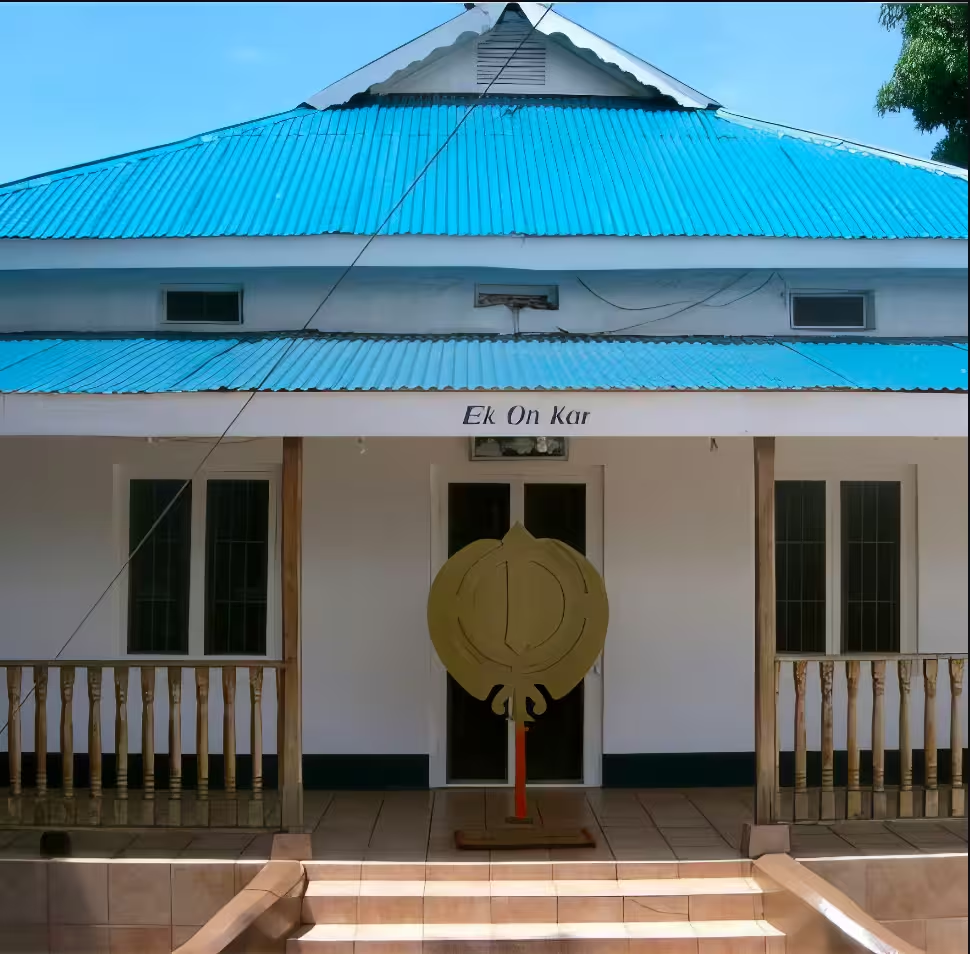
Ramgarhia Sikh Temple – Jinja
The Jinja temple is one of 12 Ugandan gurdwaras, alongside Ramgarhia Sikh Temple Kampala and Gurdwara Singh Sabha Mbale, reflecting Sikh community-building.
The Ramgarhia Sikh Temple in Jinja, Uganda, is a significant Sikh gurdwara reflecting the community’s historical contributions and resilience in East Africa.
Founded in the early 20th century (likely 1910s–1920s), the Ramgarhia Sikh Temple in Jinja, Uganda, was built by Ramgarhia Sikhs—artisans who worked on the Uganda Railway (1896–1901). Located in Jinja, a commercial hub near Lake Victoria, it served as a spiritual center for railway workers and traders. The temple was abandoned during Idi Amin’s 1972 expulsion of Asians but revitalized post-1979, reflecting Sikh resilience.
The temple enshrines the Guru Granth Sahib, offering langar, kirtan, and festivals like Vaisakhi, mirroring Kenya’s Makindu Sahib Gurdwara (1902). It supports Jinja’s Sikh community (~800 families in 2011) with religious and educational activities, preserving Sikh identity.
Jinja’s Sikhs contributed to field hockey and cricket, hosting interracial events, akin to Kenyan Sikh athletes like Surjeet Singh Deol (1956, 1960 Olympics). The temple likely facilitated community sports.
Sikhs faced colonial racial hierarchies and Amin’s 1972 expulsion, which disrupted the temple’s operations. Returning Sikhs rebuilt their presence, with figures like Parminder Singh Marwaha (MP) exemplifying influence.
As of 2014, the Ramgarhia Sikh Temple in Jinja is listed among Uganda’s active gurdwaras, serving a small but vibrant Sikh community. It is located in Jinja’s commercial area, near Lake Victoria, and remains a pilgrimage site for Sikhs and a cultural landmark for visitors.
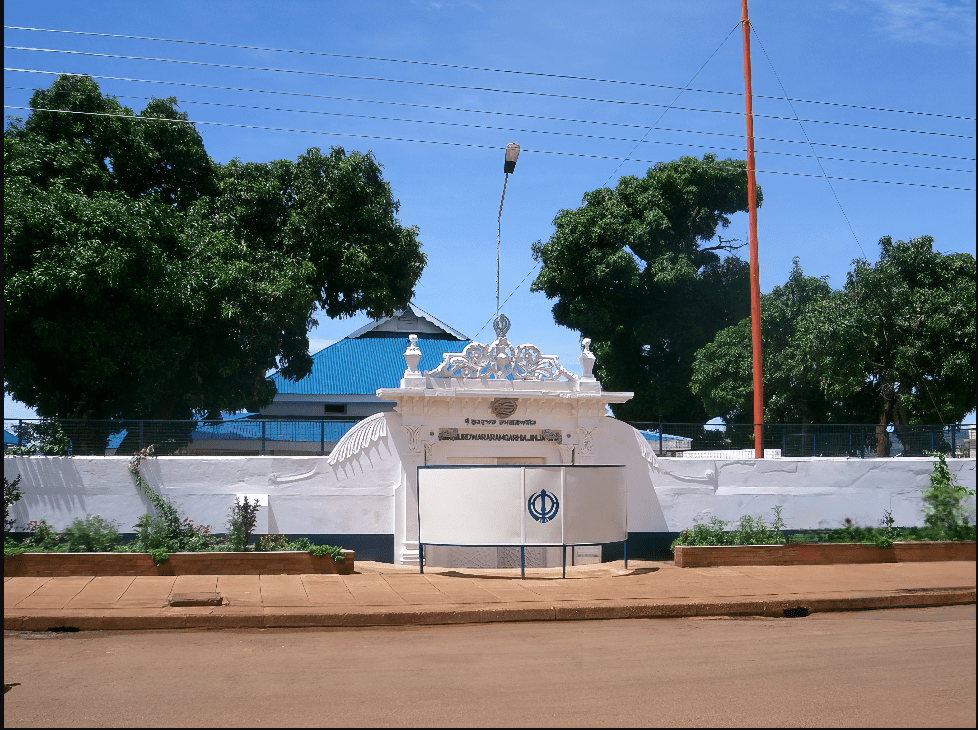
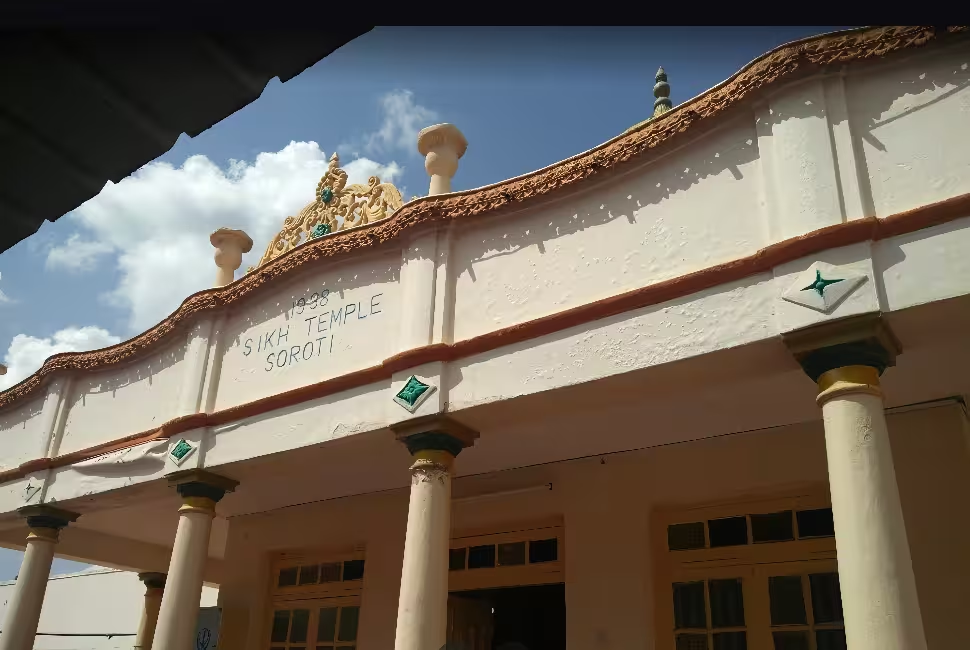
Gurdwara at Soroti, Uganda
The Gurdwara at Soroti, located on Soroti-Mbale Road, off Adams Road, Uganda, is a significant Sikh place of worship in the Teso sub-region.
The exact establishment date of the Gurdwara at Soroti is not explicitly documented in available sources, but it is part of the network of 12 gurdwaras in Uganda, likely founded between the 1910s and 1920s, following the completion of the Uganda Railway (1896–1901). This aligns with the establishment of the Ramgarhia Sikh Temple in Nakivubo, Kampala (1910), and other gurdwaras in Jinja and Mbale.
Soroti was a strategic railway stop, attracting Sikh artisans (carpenters, blacksmiths, masons) recruited by the British for the Uganda Railway. These Sikhs, primarily from Punjab, established the gurdwara as a dharamsala (religious resthouse) to serve as a spiritual and community hub for workers and later traders settling in Soroti’s growing township, which became a municipality post-1912.
The gurdwara was likely established by Ramgarhia or other Sikh artisans, mirroring the Ramgarhia Sikh Temple in Jinja, to support religious practices and community cohesion.
The gurdwara served as a spiritual center, offering langar (free meals), kirtan (hymn singing), and accommodation, similar to Makindu Sahib in Kenya (1902). It welcomed non-Sikhs, fostering inclusivity.
The gurdwara is situated on Soroti-Mbale Road, off Adams Road, in Soroti, a key commercial and administrative center in Eastern Uganda’s Teso sub-region, approximately 103 km northwest of Mbale and 326 km northeast of Kampala.
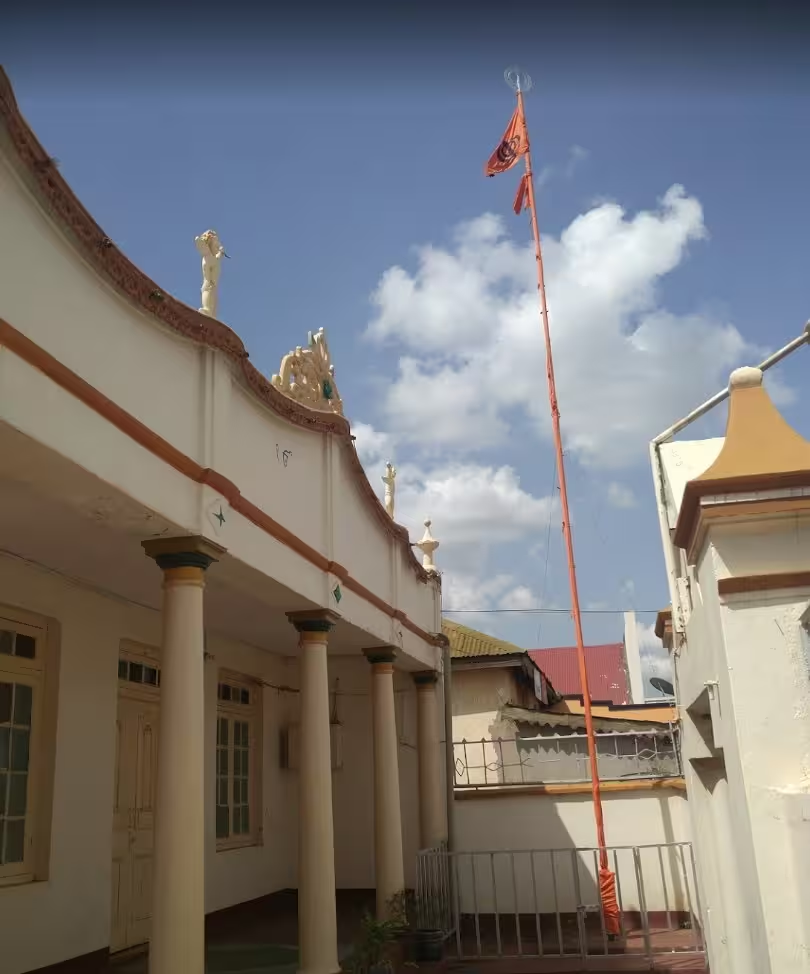
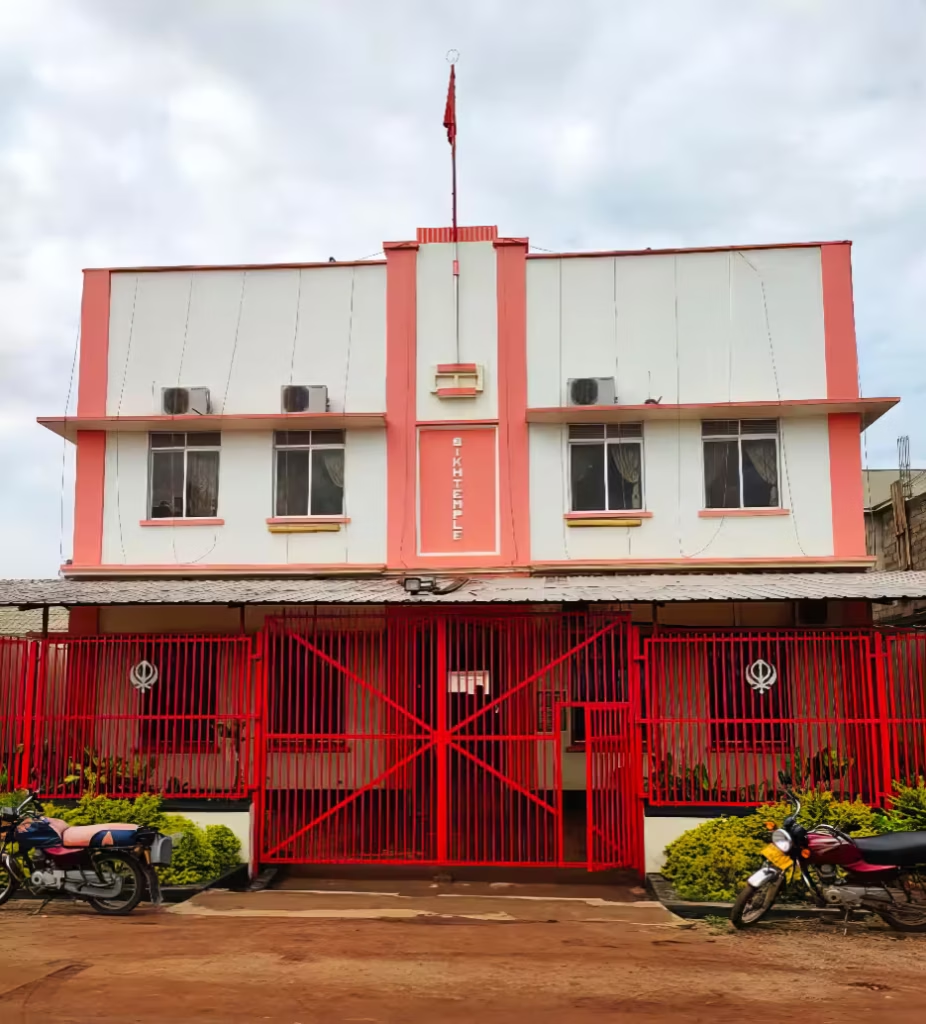
Gurdwara on Gurudwara Road, Tororo, Uganda
Founded likely in the 1910s–1920s, the Gurdwara on Gurudwara Road in Tororo, Uganda, was built by Sikh railway workers who arrived in the 1890s for the Uganda Railway. It supports Tororo’s Sikh community (~800 families in 2011) with religious and educational activities, preserving Sikh identity.
Located in Tororo township, a key railway hub, it served as a spiritual center for Sikhs contributing to trade and construction. Abandoned during Idi Amin’s 1972 expulsion, it was revitalized post-1979, reflecting Sikh resilience.
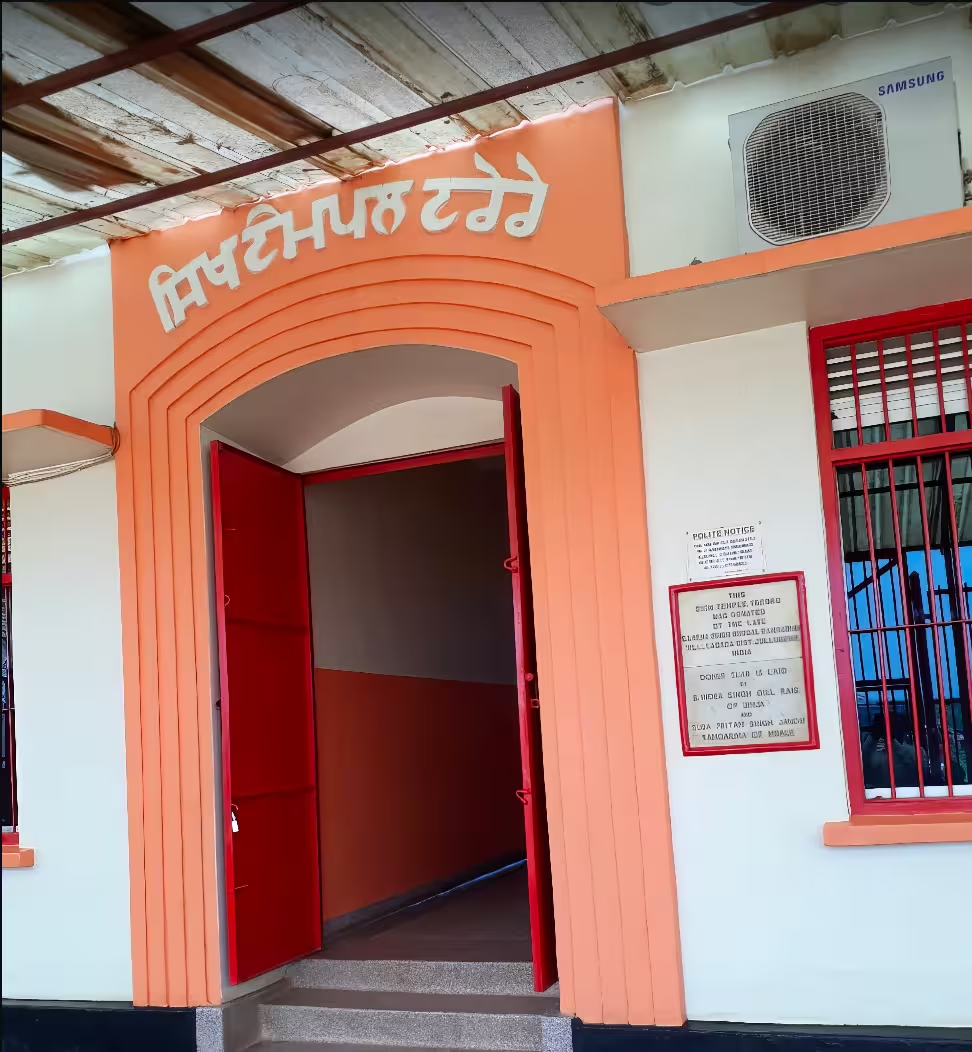
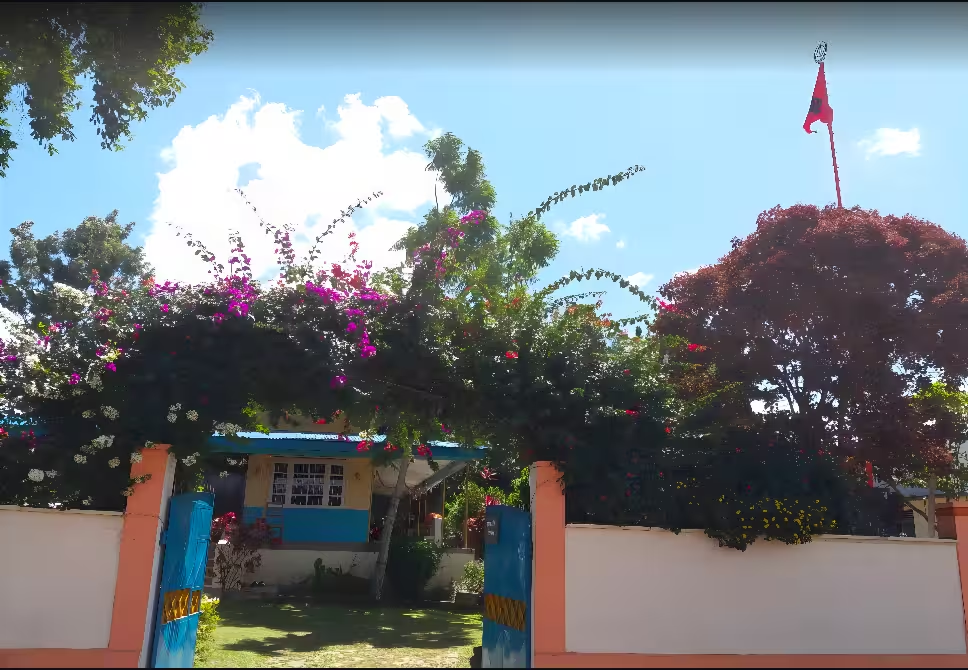
Ramgarhia Sikh Temple on Mugurusi Road,Uganda
Likely founded in the mid-20th century, the Ramgarhia Sikh Temple on Mugurusi Road, Fort Portal, was built by Ramgarhia Sikh railway workers who arrived in the 1890s for the Uganda Railway. Serving Fort Portal’s Sikh community, it was abandoned during Idi Amin’s 1972 expulsion but revitalized post-1979, reflecting Sikh resilience.
Indian vloggers like Navankur Chaudhary (@yatridoctor) may explore its heritage, akin to Makindu Sahib. Contact: Parminder Singh Marwaha (+256 776 222 222)
Today, the gurdwara is a pilgrimage site, accessible via Mugurusi Road near Fort Portal’s city center.
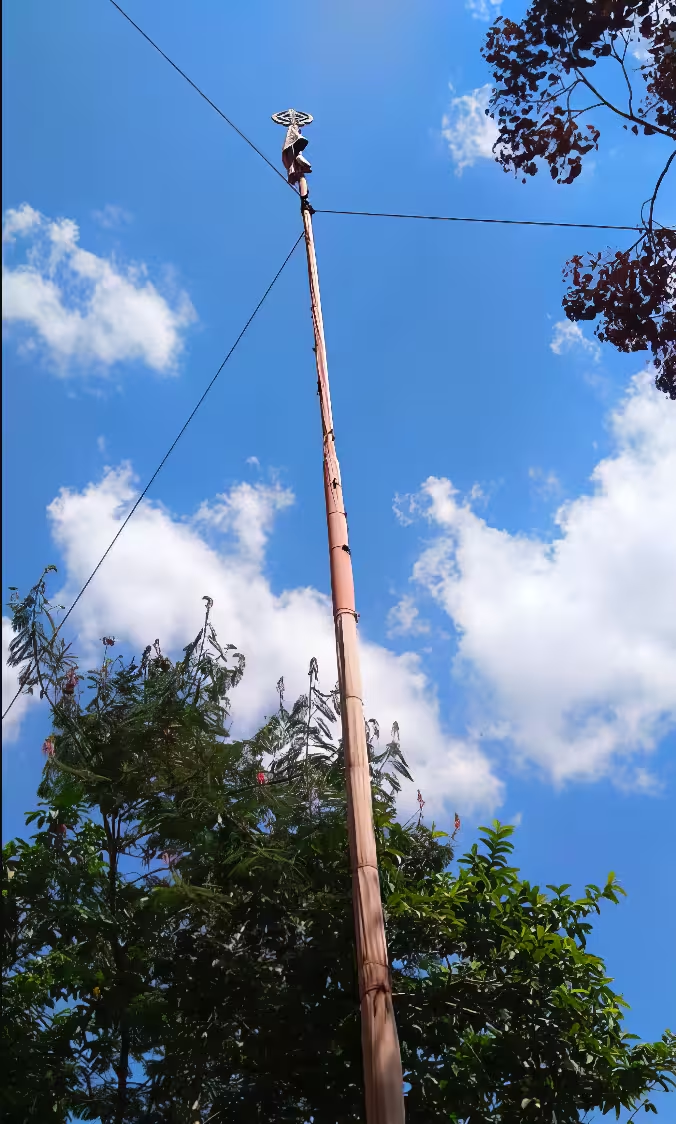
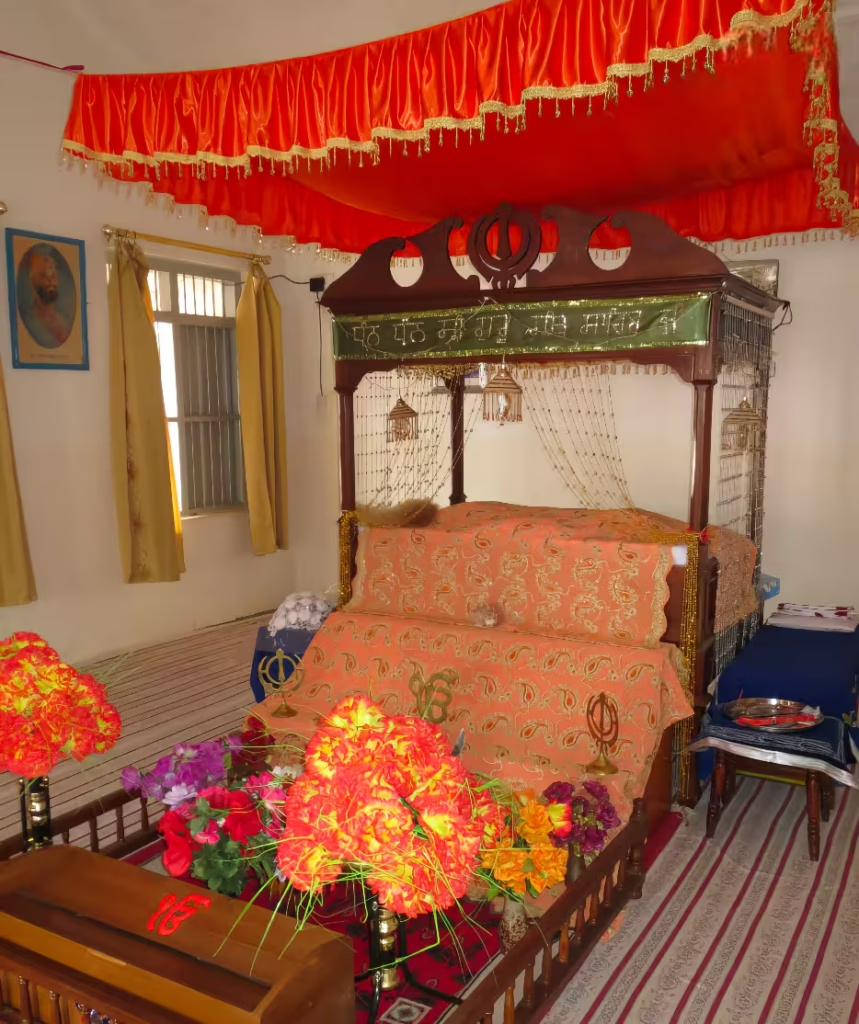
Mbarara Sikh Temple, Uganda
The Sikh Temple on Main Street, Mbarara, Uganda, is a significant gurdwara reflecting the Sikh community’s historical contributions and resilience in Western Uganda.
The exact establishment date of the Sikh Temple on Main Street (High Street), Mbarara, is not explicitly documented, but it is listed among Uganda’s 12 active gurdwaras as of 2013, suggesting it was likely founded in the mid-20th century (post-1930s). This aligns with the expansion of Sikh communities beyond early railway hubs like Kampala, where the Ramgarhia Sikh Temple was established in 1910.
Mbarara, named after the Ankole word “Emburara” (a type of grass), was a growing commercial hub in the early 20th century, attracting Sikh artisans (carpenters, blacksmiths, masons) who arrived in the 1890s for the Uganda Railway. The temple was likely established by Ramgarhia Sikhs or the broader Sikh community to serve as a spiritual and community hub, reflecting their contributions to Mbarara’s development, exemplified by figures like Markhan Singh, after whom a street and market are named
The gurdwara is located on Main Street (likely High Street, a central commercial road in Mbarara), in Mbarara City, the main municipal, administrative, and commercial center of Mbarara District in Western Uganda, approximately 270 km southwest of Kampala.
Sikh Response to Racial Challenges:
Faced with racial discrimination and social segregation during British colonial rule and post-independence nationalism, Sikhs in Uganda responded with resilience, dignity, and community-building. Instead of withdrawing, they strengthened their internal networks—building gurdwaras, schools, and cultural institutions to preserve their identity. Sikhs emphasized education, enterprise, and service (seva) to gain respect. Even when targeted during Idi Amin’s 1972 expulsion, they largely avoided confrontation, relying on legal processes and diplomacy. Upon return in the 1990s, they rebuilt their lives peacefully and contributed again to Uganda’s development. Their response was marked by perseverance, cultural pride, and non-violent resilience.
Sikhs in Uganda were not persecuted for wearing turbans per se. Any discrimination they faced was generally tied to their ethnic and economic status, not their religious symbols. Researchgate.net


